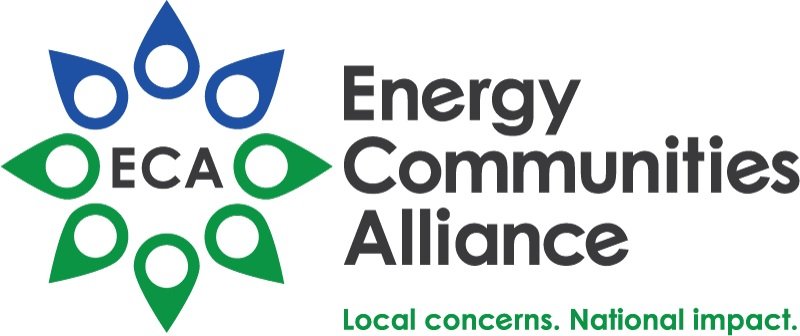Communities around the country rely on WIPP. The New Mexico Environment Department is requesting comments – due April 19
As the only operating geological repository in the U.S., the Waste Isolation Pilot Plant (WIPP) is the single most important facility for all communities hosting federal cleanup sites. As part of the facility’s 10-year permit renewal, the New Mexico Environment Department (NMED) is considering changes in the draft permit. It is important for communities that support and rely on WIPP respond to the NMED’s request for comments; doing so will assist NMED’s determination on future operations of the WIPP facility. Comments are due April 19 and may be submitted here.
In the over 1,200 page draft permit, NMED seeks greater control over WIPP’s operations and eventual closure. The State also expresses its clear preference for WIPP operations to start coming to a close within the next 10-to-20 years, rather than DOE’s preference of remaining open for as late as the 2080s. The draft permit also identifies that some waste sites around the country could be delayed if certain waste from LANL is not moved to the WIPP first.
Mayor Dale Janway of Carlsbad, New Mexico, which lies 26 miles northwest of the WIPP site, emphasized the local community’s frustration with the proposed permit, stating:
“Unfortunately, several of the NMED’s proposed changes, if implemented, would put the Waste Isolation Pilot Plant’s ability to continue with its critical national mission in jeopardy. This would then hamper the ability to remove waste from LANL and from other generator sites across the weapons complex. We are asking the NMED to revisit several of its extremely harmful proposed changes.”
As discussed in ECA’s recent waste disposal report, “WIPP is considered a success by DOE, the community and the states and communities that rely on the project among others. The process to design, open and operate the site is an international model.”
WIPP has both a cleanup and national defense mission
Without WIPP, frontline communities hosting federal cleanup sites may become de facto storage sites for the defense-generated transuranic (TRU) waste created during the Cold War, as well as waste created at Los Alamos National Laboratory and Savannah River Site from preparation of surplus plutonium for disposal and fabrication of plutonium pits. Both are critical missions for our national security. These clear issues of environmental justice and security underscore the national importance of the State of New Mexico and the local community that hosts WIPP.
Los Alamos County Councilor and ECA Treasurer Randall Ryti noted the importance of WIPP for both of these crucial issues, highlighting the County’s support of the disposal facility.
“Los Alamos County has long recognized the importance of WIPP to the national security mission as well as successful cleanup of legacy sites,” he said. “Both of these activities are key to our Federal priorities. We fully support continued operations of WIPP.”
WIPP serves as the example of successful and safe transportation, emplacement, and management of nuclear waste. It is a model for Department of Energy’s (DOE) efforts to develop consent-based siting for a consolidated interim storage facility and permanent geological repository. Federal, state, and local government officials and decisionmakers have remained engaged over the course of WIPP’s history, and support from all levels has been strong. Indeed, ECA has recommended that the DOE Office of Nuclear Energy “can learn significant lessons from [DOE]’s experiences to date in siting disposal locations, including the significant effort to build and maintain stakeholder support for WIPP, which helped ensure the successful launch of the first, and to date only, geological repository in the United States.”
WIPP is the linchpin for all cleanup efforts across the weapons complex. The facility’s mission is crucial, its success is a matter of record, and its continued operation – in alignment with the original submission – is essential if we are to move forward with cleaning up the complex and fulfilling the legal and moral obligations to this nation’s frontline cleanup communities.
ECA strongly encourages every community that believes in WIPP’s mission to submit a formal comment demonstrating support for WIPP and its essential role in the environmental cleanup of DOE sites.
Comments are due by April 19, 2023 at 5:00pm MT and may be submitted here: https://nmed.commentinput.com/?id=G5E7C.
Located in the southeast corner of New Mexico, WIPP was constructed in the 1980s for disposal of defense-generated TRU waste from DOE sites around the country. The waste is permanently disposed of in rooms mined in an underground salt bed layer over 2,000 feet below the surface. Since operations began, WIPP has assisted in the remediation of 22 DOE sites of legacy TRU waste.
